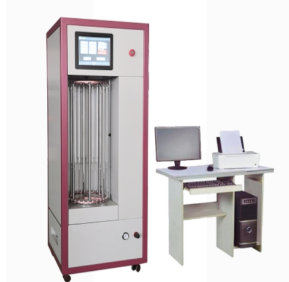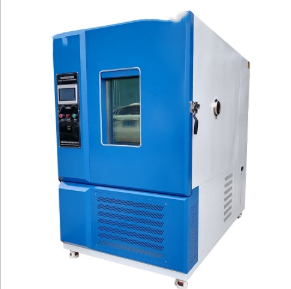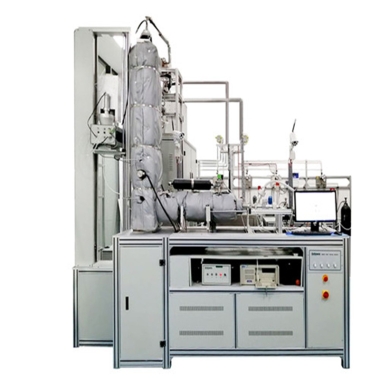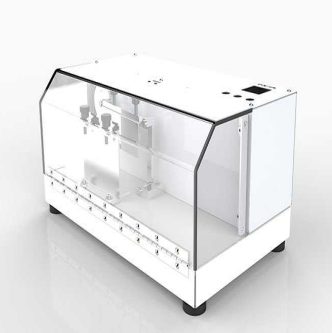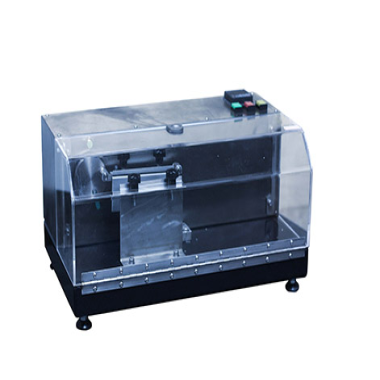
Anti-drill tester (Friction method)
Category:textile Functional tester
Introduction
I. Product Overview
The Anti-drill Tester (Friction Method) is a specialized instrument designed to evaluate the drill resistance of materials such as composites, polymers, and ballistic fibers by simulating frictional drilling forces. It quantifies material durability under high-friction conditions, critical for security textiles, armored components, and industrial applications requiring abrasion resistance.
Type: Friction-based abrasion testing system
Test Method: Simulates rotational friction with abrasive media (e.g., abrasive belts/discs)
Key Metrics:
Penetration Depth (mm)
Material Loss Rate (mg/cycle)
Friction-Induced Heat (°C)
Sample Size: 100×100×30mm (adjustable clamping)
II. Technical Specifications
| Parameter | Specifications |
|---|---|
| Friction Head | Rotating abrasive disc (120mm diameter, SiC-coated) |
| Rotation Speed | 100–1000 RPM (programmable, ±5 RPM) |
| Pressure Control | 5–50 N (adjustable via pneumatic system) |
| Abrasive Media | Standardized silicon carbide belts (Grit 80–400) |
| Temperature Measurement | Thermocouple (0–500°C, ±1°C accuracy) |
| Power Supply | 220V/50Hz, 1.5kW |
| Dimensions | 800×600×1200mm (L×W×H) |
III. Key Features
Friction Simulation:
Adjustable RPM and pressure to mimic real-world drilling
Standardized abrasive media compliance (ISO 6344)
Advanced Monitoring:
Real-time penetration depth tracking (laser sensor, ±0.1mm)
Thermal imaging to monitor heat buildup
AI-based wear pattern analysis
Automation:
Programmable multi-stage friction cycles
Motorized sample rotation
Automatic reset after test completion
IV. Compliance Standards
ASTM D3884 (Textile abrasion resistance)
ISO 9352 (Friction and wear testing)
NIJ 0108.01 (Ballistic-resistant materials)
GB/T 29423 (Chinese abrasion resistance standard)
V. Applications
Security Textiles: Testing bulletproof vests and cut-resistant fabrics
Automotive: Evaluating tire tread and composite panel durability
Aerospace: Validating carbon fiber-reinforced polymer (CFRP) integrity
Industrial: Inspecting industrial hoses and conveyor belts
Standard Operation Workflow:
Sample Preparation: Secure specimen in clamping frame
Parameter Setup: Select RPM, pressure, and abrasive media
Testing: Initiate friction cycle (1–10.000 cycles)
Analysis: Measure penetration depth and thermal data
Cleaning: Automated belt decontamination
Safety Precautions:
Heat-resistant gloves required for sample handling
Use eye protection during high-speed friction tests
Maintain ventilation to dissipate heat
* ISO 17025-calibrated laser sensor * SiC-coated abrasives (10-year lifespan) * Emergency stop button with thermal overload protection * Includes 5-year motor warranty * Compact design for lab/bench use**Technical Highlights**- ±0.2mm penetration depth accuracy (NIST-traceable) – 1000 RPM sustained friction testing – Real-time thermal gradient visualization software – Energy-efficient regenerative braking system – CE/IECEx certified for high-temperature environments
